Milan, city of art, fashion, and design evolves by anticipating, stopping the moment and enhancing it, showcasing new forms that creativity has unleashed in this land or that this city has welcomed by appreciating its value. A cosmopolitan city, a capital of contemporary art and design, a place where everyone arrives to find their patron or where they try to bring their inspiration to life knowing that they will not be sung to but listened to carefully. Or where captains of industry, the real kind, the manufacturing kind, but also the lighter kind, participate in the development of the city to breathe new life into spaces and volumes that in the recent past had made it their primary job, all horizontal with assembly lines, supplanted today by work in vertical glass-mirror offices. A city that can do this is a living city, one that does not stop at the ritualistic litany of the beauties of the past to be kept under display cases. It knows how to move forward, it is not satisfied with the past (albeit as stupendous and magnificent as we have it in Italy), and it looks at art with an eye to the future, and manages to make it usable. It is incredible the amount of places where you can visit contemporary art or learn about the evolution of design in all its forms. This is a Milan that combines its many faces making it fertile ground for any aspiration. A city that is always modern in all times. Today we propose the Milan capital of design with 10 places to visit in a fascinating itinerary.
Italian design, which has made history in the world, has its home at the Milan Triennale, inside the prestigious cultural institution that since (1923 in Monza) 1933 in Milan has been an international reference point for contemporary art in all its fields. For some years in fact, the Triennale has decided to make stable, with the Museum of Italian Design, a collection that in an almost monumental way shows how many and which objects have had innovative forms and concepts in the social, industrial and cultural life of the second half of the twentieth century: 1,600 objects that represent icons of our time, from household objects to those for public use, which have often marked the economic success for companies by launching them on the market with this added value. Each object, each installation, is associated with the designer and the story it generated (from the choice of new materials to new forms to new ways of using them) thus accounting for the effect that innovation brings to the real world. In order to be permanent, the collection undergoes a revisit in the exhibition each year based on themes (from design to production) or inspirations of the moment in order to look at the objects on display with an ever-changing gaze and thus deepen our understanding of them. The museum is located on the ground floor of the Palazzo dell’ Arte (with 12,000 square meters of space), which was built by architect Giovanni Muzio thanks to a donation from one of the many enlightened bourgeois of culture-loving Milan. The Triennale, its headquarters, the Museum of Italian Design and everything else inside make for a journey into the contemporary that is difficult to replicate in other similar settings elsewhere in the world. It overlooks Sempione Park and has a restaurant on the terrace: it is a living place.
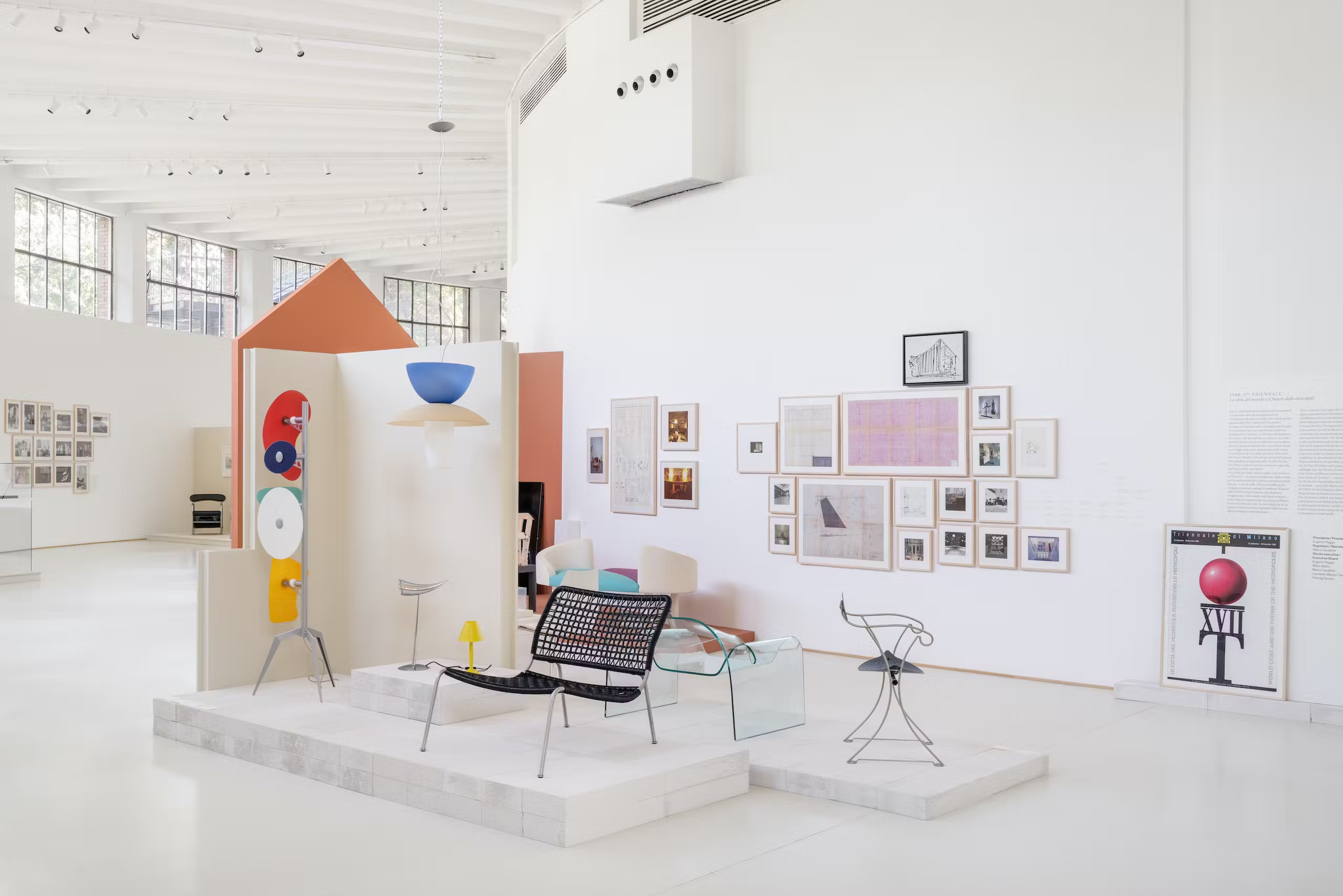
Since May 2021, theADI Design Museum has opened in Milan, a museum that houses the historic Compasso d’Oro Collection (the award established in 1954 by Gio Ponti to give recognition to works of merit for their design) by carving out its spaces from the recovery of an electric company shed. The ADI-Association for Industrial Design, through a Foundation created ad hoc in 2001, thus showcases in the more than 5100 square meters of enhanced spaces (in the best view of industrial archaeology) the heritage accumulated over the decades by the Prize in the permanent exhibition The Spoon and the City composed of more than 2,500 design objects, including all the winners of the Compasso d’Oro, recognized by the Ministry of Cultural Heritage as an asset of exceptional artistic and historical interest. There are the multi-temporal in-depth exhibitions in dialogue with the heart of the Museum, which is the repertoire of objects that won the Compasso d’Oro award: a roundup of everything that made fashion and the market in 70 all original examples, from the Fiat 500 to the Dolomite ski boot to the Atlantic fishing reel, the citrus squeezer to the school chair (that’s propro!), from the Olivetti Lettera 22 (which Montanelli used to write on when he was an envoy) to the dish drainer, lamps, coffee pots, and the truck. The best of the genius of architects and designers put together to make the history of our society. Gio Ponti’s foresight allows us today to travel through our changing society through the objects that make it up. This priceless heritage is here enhanced to the nth power in continuous dialogue with the most multicultural part of the city and with the international breath that Milan still has.
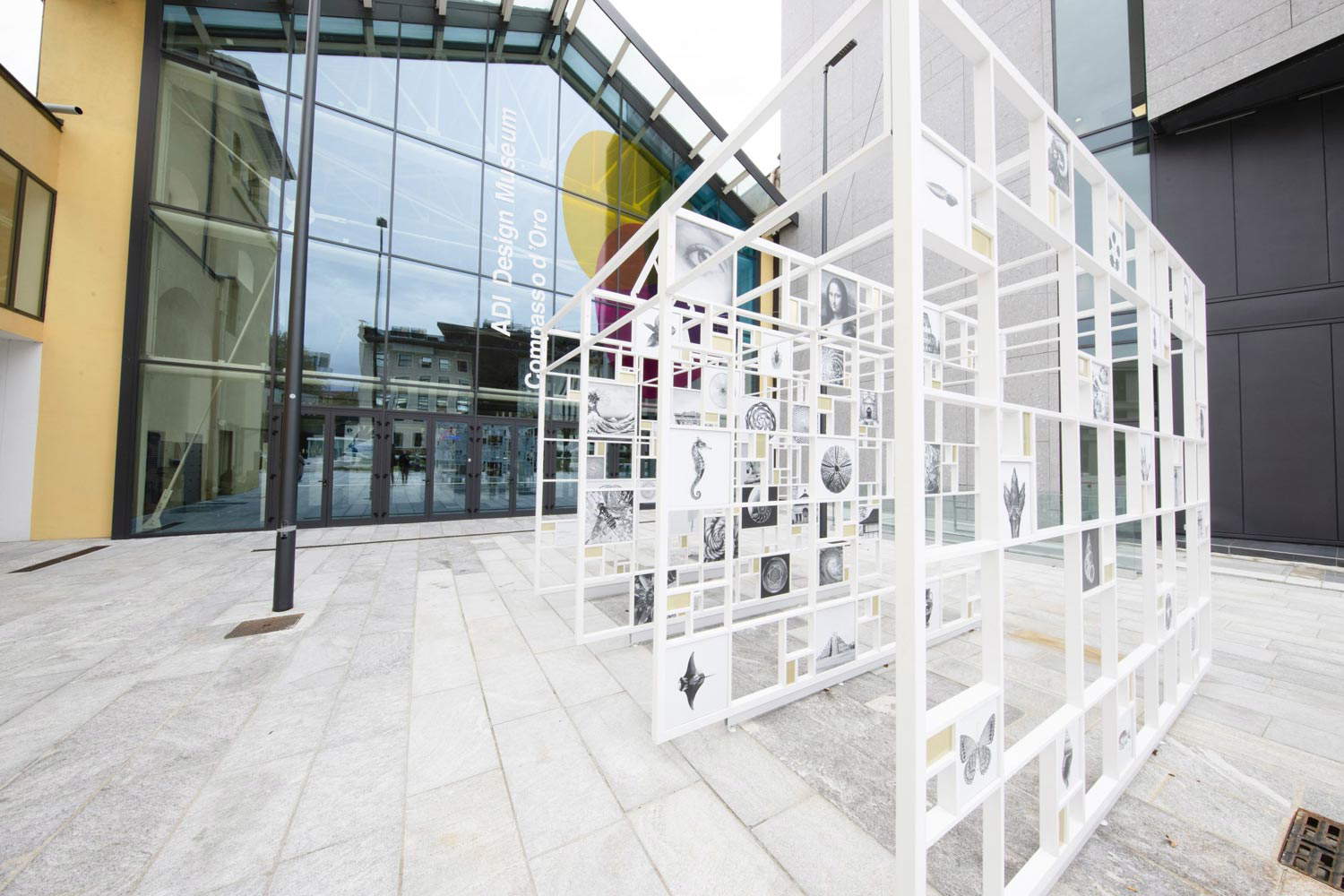
Here we are talking about a man who with an idea and a pencil explored every corner of the dimension of space. Achille Castiglioni worked in that studio at number 27 Piazza Castello that is now a museum thanks to the Foundation that bears his name to promote and disseminate his works, which we find here in sketches or prototypes, leaning against the bookcase. One of Italy’s greatest designers, he won 9 Compasso d’Oro awards (from a beer tap to a headset for simultaneous translations, from a hospital bed to cutlery: consider that MoMa houses 14 of his works, and the same goes for dozens of other museums), signing consumer products or architectural and urban planning works. A visit to the studio-museum gives insight into the artist’s focus before arriving at the finished work, a journey made up of documentation, testing and experimentation to the taste for the innovative.
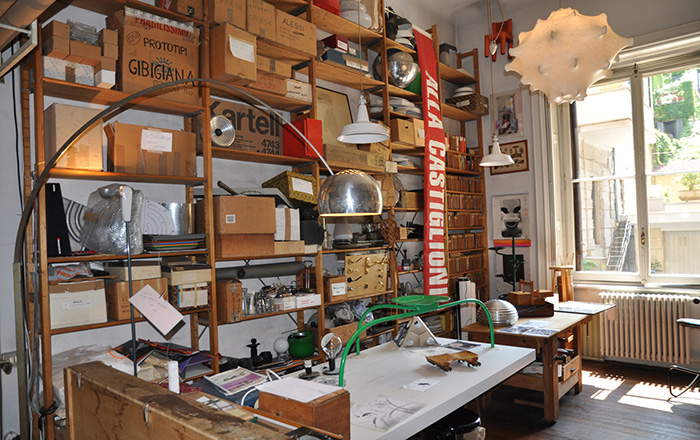
“I chose to be an architect, not a manager. You see my studio: it’s funny. But I designed important things.” This is how Vico Magistretti summarizes his relationship with the rooms that have been his working studio all his life: the author of grandiose buildings and yet able to work in less than 80 square meters with a bathroom without hot water. Today that studio in the building designed by his father Pier Giulio in 1933 at the corner of Via Conservatorio and Via Bellini is a museum. From here he designed the Milan of reconstruction or chandeliers or the sofa. Vico Magistretti Studio Museum Foundation periodically hosts exhibitions of design and architecture in the sign of the great Milanese architect who was among those who put his hands in what was to be the city’s ’new’ ’modern’ district, QT8, but also the same as the complex of Piazza San Marco with stores, apartments and offices, or even the Torre al Parco, built between 1953 and 1956, a symbolic building of the modernity of those years.
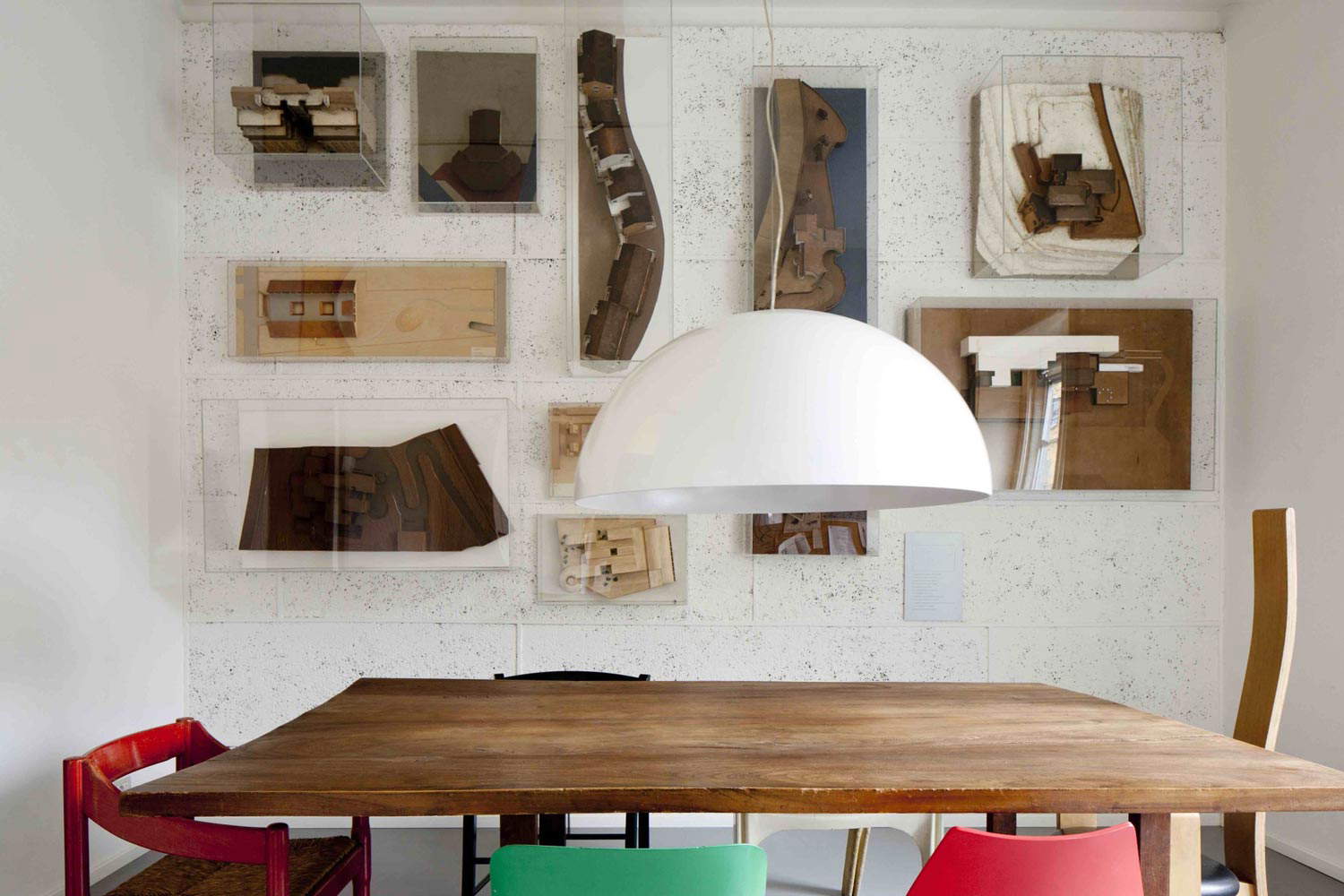
Camparino? The Campari Gallery is the combination of what has generated in the collective imagination a drink that, thanks to cinema and well-timed advertising promotions, has become the drink par excellence throughout the history of its 150 years, retracing the history of which one can see in a tracking shot the changing Italy. At its heart is a blend inside a bottle, all around it is the world that has been created: the Gallery exhibits, yes, the various types of bottles that have alternated on the market, but also the accessories and tools that are used or have been used to create it and to serve it, mix it and combine it with something else. All of this (a 1,000-square-meter, interactive, multimedia corporate museum on two floors at the foot of the company’s headquarters in Sesto San Giovanni by Mario Botta and Giancarlo Marzorati) in an environment with iconic installations reminiscent of the advertisements of the time (3,500 original copies) or highlights from the history of Italy or international jetset. And with the offering of the history behind those drinks, with the creation of a magazine that offers in a vintage style secrets, anecdotes and real recipes for the aperitif world. Of which Milan was the capital.
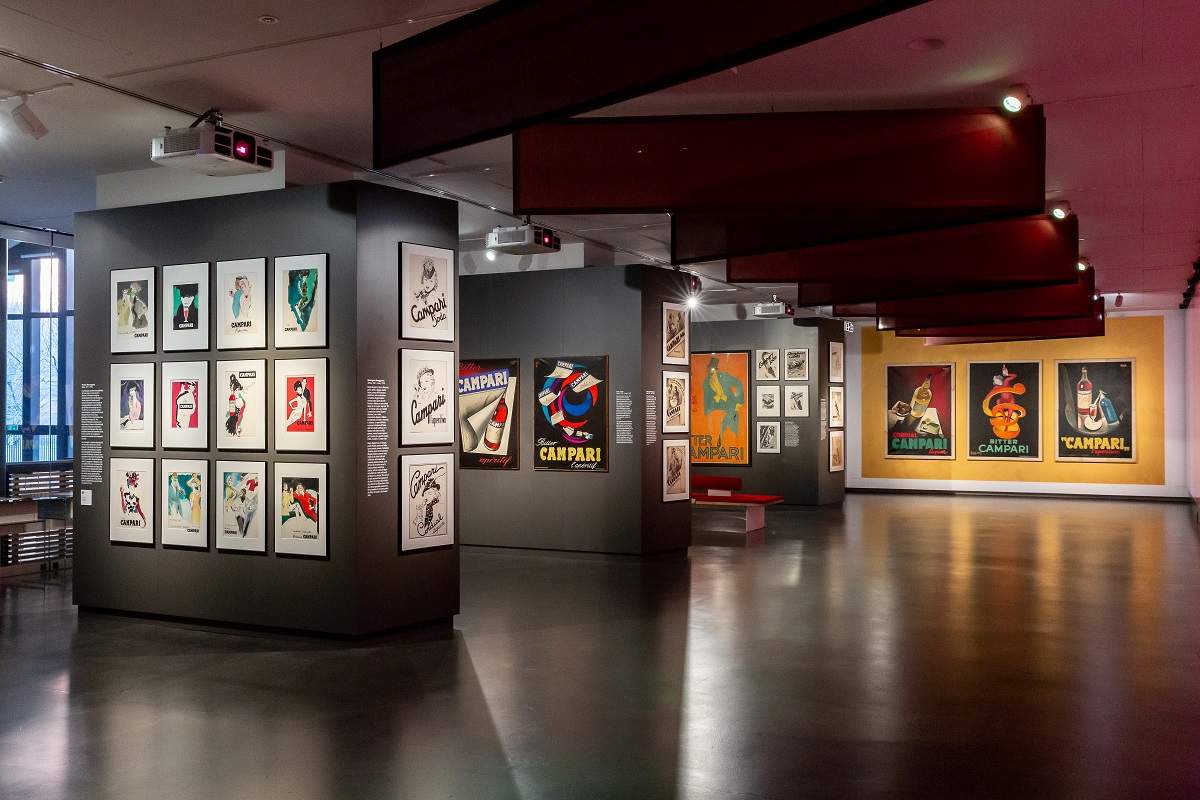
In the middle of a large park in the middle of the city of Milan, at 14 Via Mozart, we find a piece of 20th-century Milanese history: Villa Necchi Campiglio. Sisters Nedda and Gigina Necchi together with Angelo Campiglio, Gigina’s husband, had their house built in the 1930s by one of the leading architects of the time, Piero Portaluppi. What was to be the Milan home of the Necchi Campiglio family, from a wealthy industrial bourgeoisie, originally from Pavia, became an opportunity for Portaluppi to experiment with futuristic architectural and plant solutions for the time with early examples of a swimming pool (with heated water) and tennis court, retractable security doors that sealed the house with a button by rising from the floor, elevator, freight elevator, intercoms and telephones. Modern yes, but also extremely elegant and refined, with attention to every detail even in the furnishings that are still perfectly preserved. We step out of the Milan of the 2000s and dive into the rationalist-style Milan of the last century. Enriched over the years with collections of paintings and furnishings by artists such as Giacomo Balla, Umberto Boccioni, Giorgio de Chirico, Giorgio Morandi, Mario Sironi, Adolfo Wildt, Canaletto Giovanni Battista Tiepolo, the collections of Claudia Gian Ferrari, Alighiero and Emilietta De’ Micheli and Guido Sforni, it is a place that can be visited today as, having no children, Gigina donated it to Fai and today it is a house museum. Jewel.
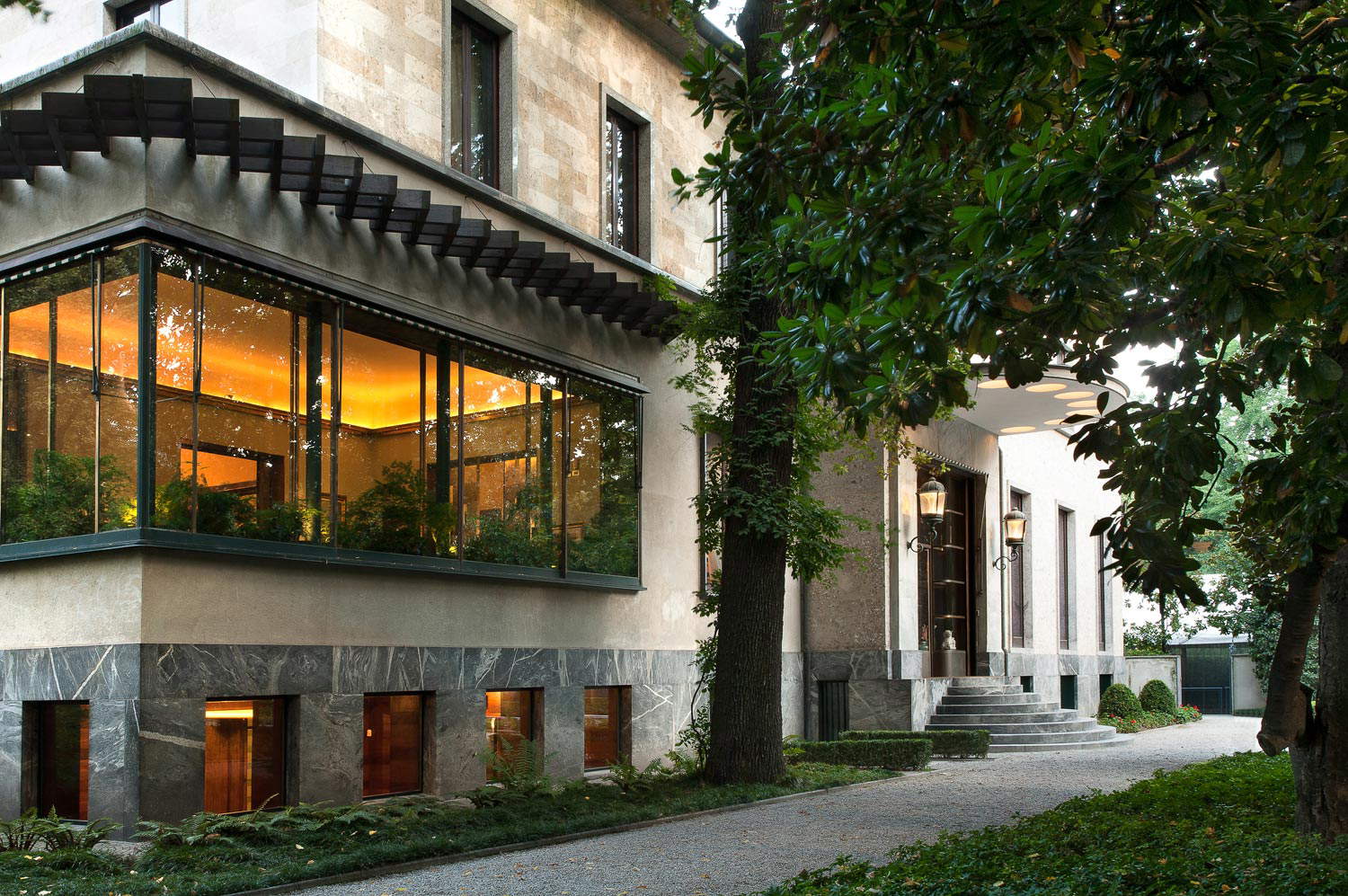
Kartell, whatever one may think of it, is an Italian company, born in the province of Milan, not in the Netherlands, which has collected over the years 7 Compasso d’Oro awards but above all the appreciation of an increasingly wide public that no longer identifies with the elite. We all have in mind the Luis Ghost chair (sold in over a million units), which with its disarming simplicity of transparent plastic is surprisingly comfortable. To which it combines elegance and sophistication. It is objects such as these, which encapsulate such adjectives, that have made the production of every Kartell object iconic. And that is why in 1999, on their 50th anniversary, they opened a museum where they display their best: 8,000 objects, 5,000 drawings, 15,000 photographs, from which they evince the evolution of the company and its products including innovative material choices (plastic) and communication skills. The museum is located in Noviglio, where the factory has always been, with the aim of preserving, promoting and enhancing the cultural, ideal, material and intangible heritage of the company inside a building designed by architects Anna Castelli Ferrieri and Ignazio Gardella, is now considered one of the most interesting examples of industrial architecture in Lombardy. So much so that in 2000 it was awarded the Guggenheim Impresa & Cultura Prize as the best business museum. The museum’s exhibition itinerary is developed in a permanent exhibition of more than 2,000 square meters, designed by architect Ferruccio Laviani and curated by Elisa Storace.
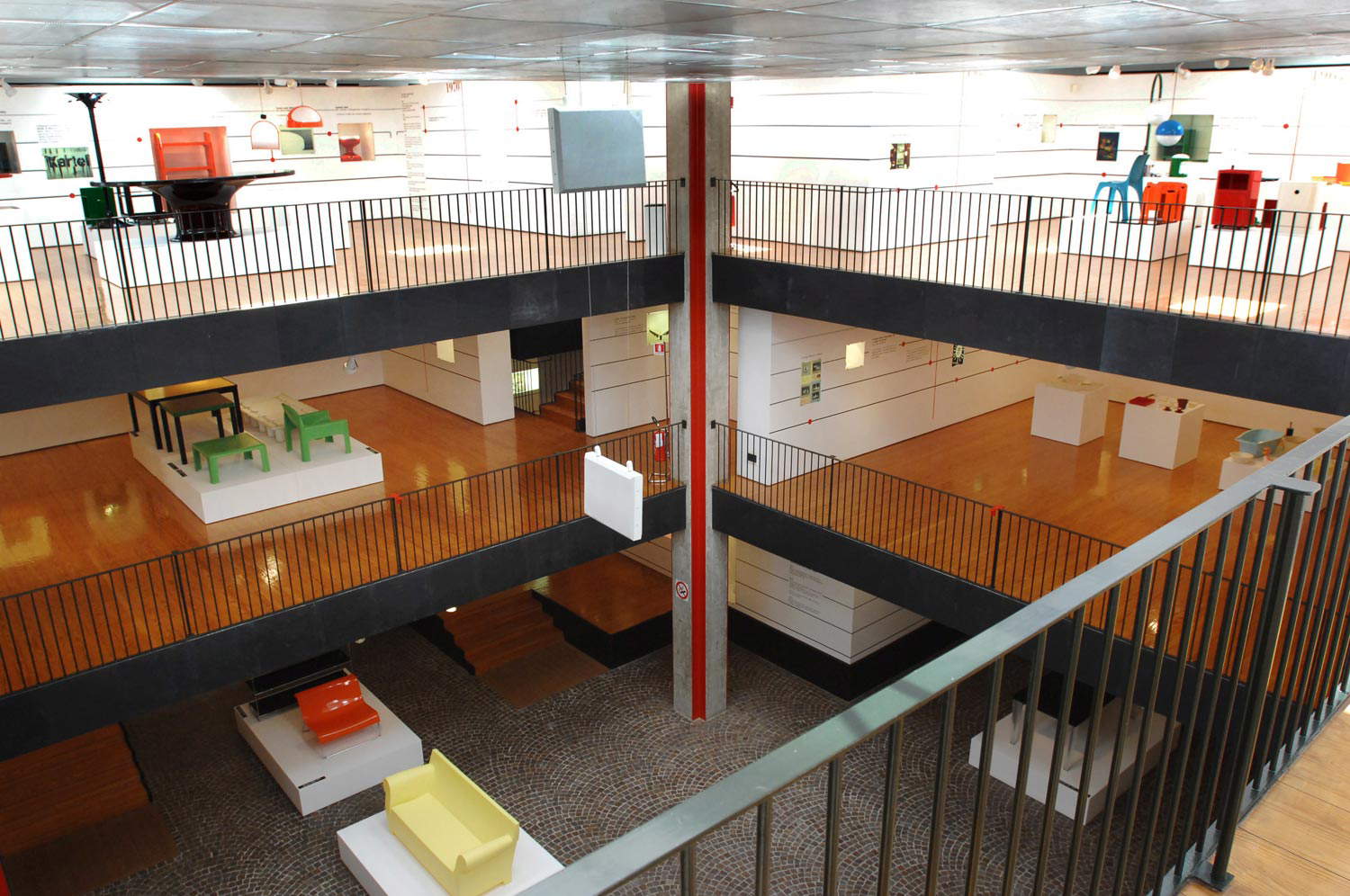
The MUMAC - Gruppo Cimbali’s Museum of the Coffee Machine, was founded in 2012 for the company’s centenary, and is to date the most important and richest museum on the history, culture and design of professional coffee machines, with a narrative spanning one hundred years. It is housed in a futuristic building designed by designer Valerio Cometti and architect Paolo Balzanelli, who were able to transform the former spare parts warehouse into a scenic place to learn about the culture of the coffee machine, with exhibits spread over 1,700 square meters of floor space. The exterior attracts because of the red that recalls that of Cimbali machines, true icons of Made in Italy. Inside, models that have made history, including those signed by great designers. One of Italy’s most fascinating industrial museums.
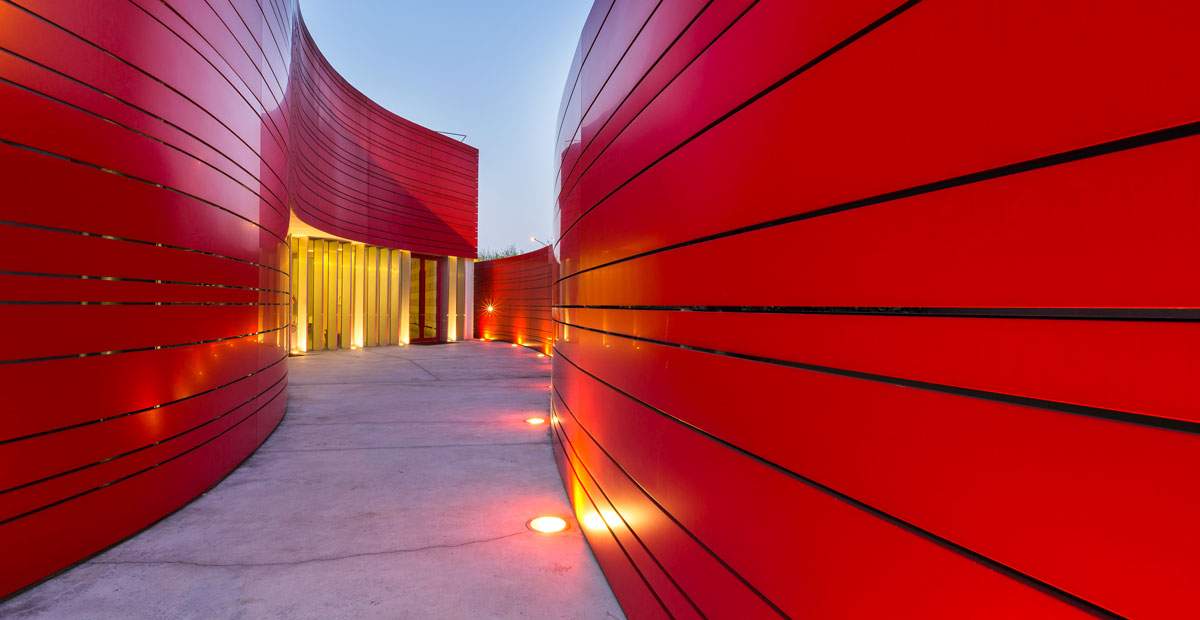
“Taking inspiration from a historical Archive and the forma mentis of Franco Albini, a great Master of Innovation, we relaunch the culture of the ’project’ in the contemporary, through a Foundation, an Academy and a Professional Studio.” This is the mission that greets the internetnaut arriving on the website of the Franco Albini Foundation dedicated (30 years after his death) to the great rationalist architect, although he preferred to be called a craftsman, “between rigor and poetic imagination” (to quote Giuseppe Pagano). Albini was a complete designer, whose work ranged from construction to design, from installations to urban planning. His masterpieces include: the Genoese museums that changed the way the public enjoyed artwork, the Pirovano Shelter in Cervinia, the Rinascente in Rome, and the Milan Subway, which inspired the designs of the New York and São Paulo lines. The Foundation allows visitors to get to know the intimate side of the professional through a guided tour that explains his human and artistic transitions.
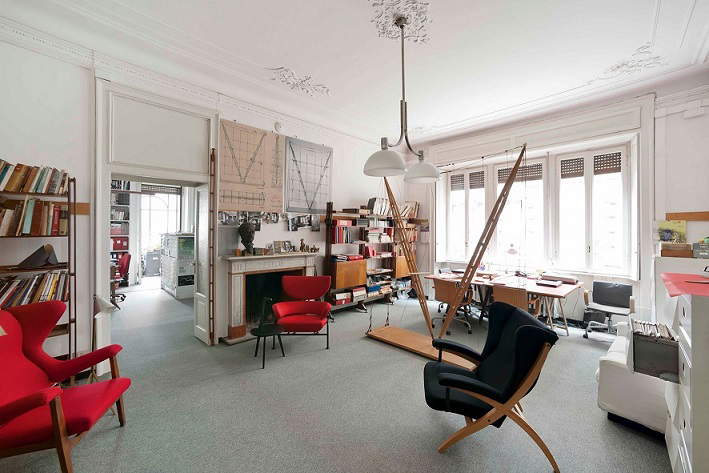
The last stop that cannot be missed in the Milan of designers is the Rossana Orlandi Gallery. A refined and affable hostess, she welcomes the visitor to an environment that is multifaceted gallery with the showroom, offices, leisure area, garden (covered by the nearly 100-year-old strawberry grape vines, “one of my dearest prides”), archives and warehouses, all in the name of elegance and the new. Rossana Orlandi before following her passion for contemporary art worked 30 years in fashion (“with two threads one builds the world”), a person who has known Coco Chanel, Karl Lagerfeld, Kenzo, Issey Miyake, Donna Karan, and Giorgio Armani, but in 2002 after sounding out the industry in depth she threw herself into the parallel universe of design. And he tries to give credit to young talents by hosting them and listening to them. A bit of a talent scout. Via Matteo Bandello 14 is a point of reference for the whole world of insiders, a pilgrimage destination every year as if it were Mecca, a compulsory stop for those in this milieu. The place is a former tie factory repurposed to his taste with 2,500 square meters of space unfolding over two floors and 19 rooms. There is little to say, you have to go there.
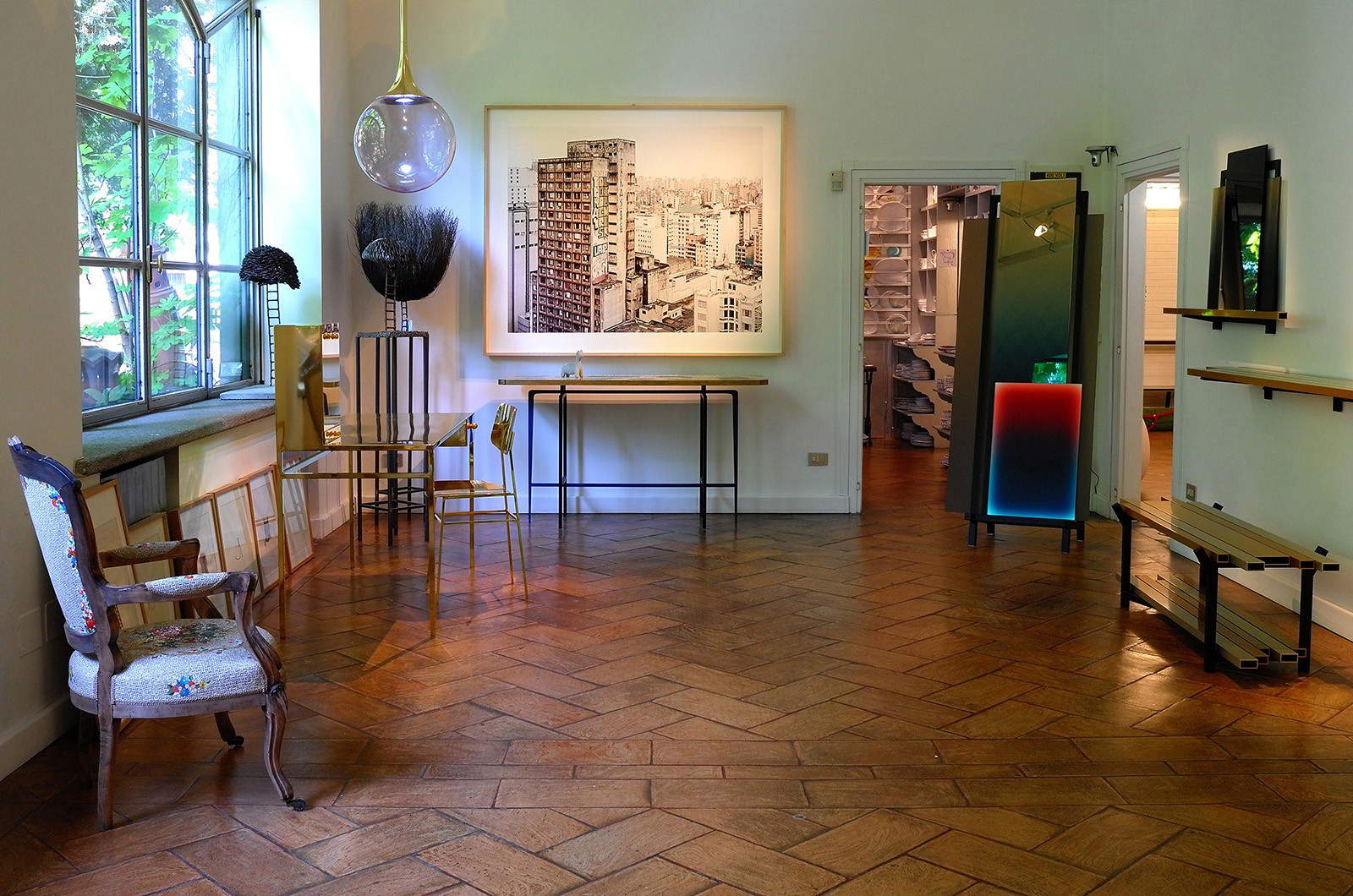
 |
| Design in Milan, what to see: 10 places of design |
Warning: the translation into English of the original Italian article was created using automatic tools. We undertake to review all articles, but we do not guarantee the total absence of inaccuracies in the translation due to the program. You can find the original by clicking on the ITA button. If you find any mistake,please contact us.